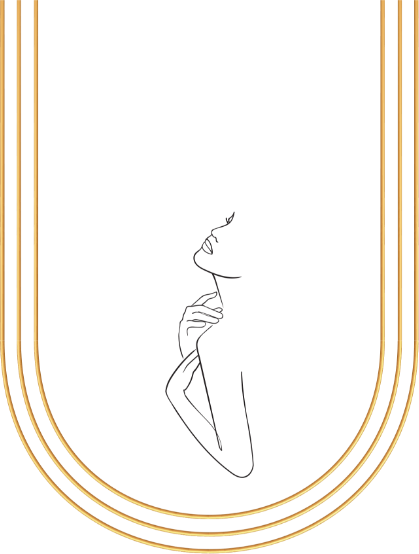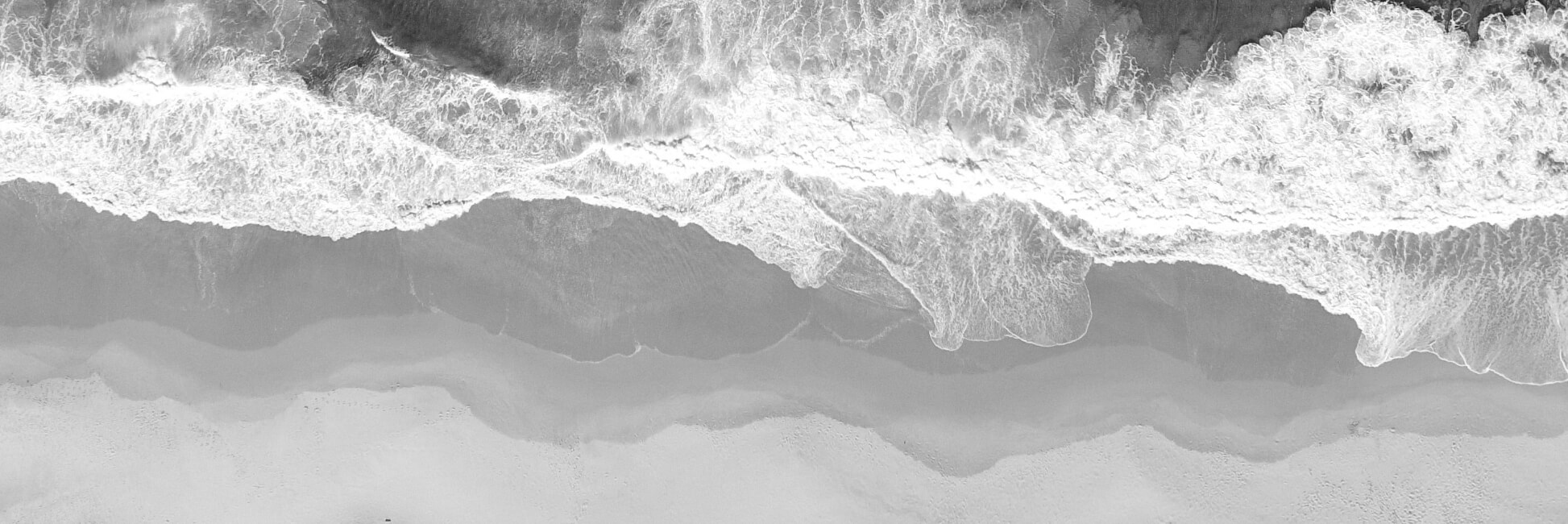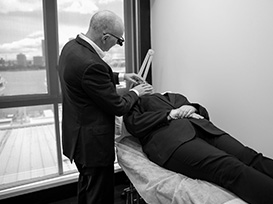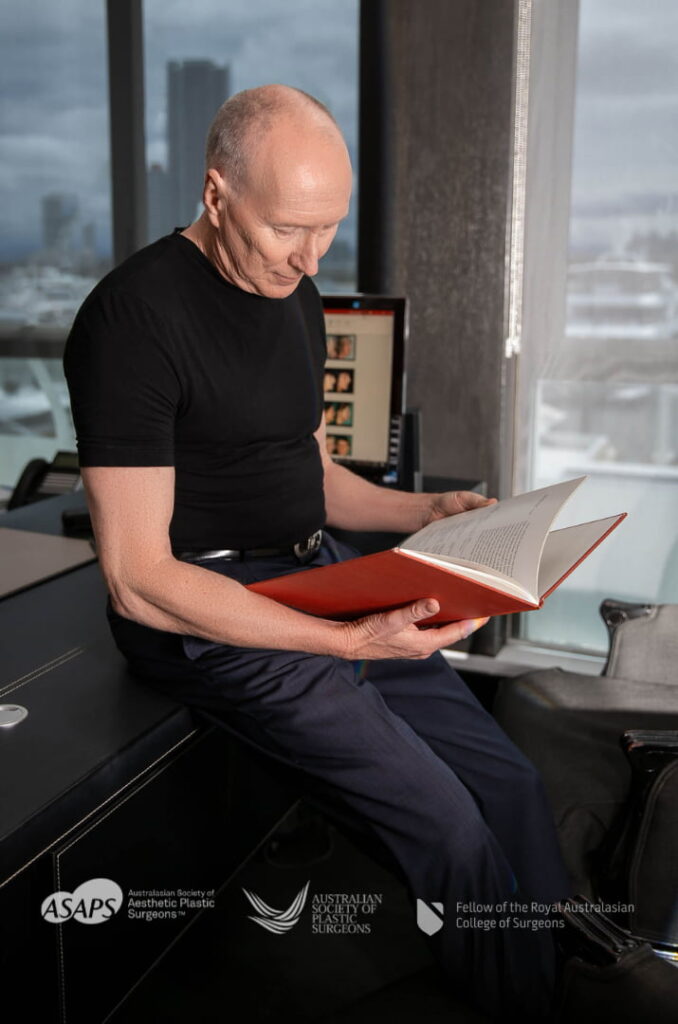Gold Coast Face Lift Surgery (Rhytidectomy)
A face lift, also called rhytidectomy surgery, removes excess skin and tissue from the face. The procedure may be suitable for women who have concerns about signs of ageing. Although facial ageing can be reduced with topical treatments, skin wrinkling and laxity eventually cannot be avoided. Therefore, it is common for people to seek surgery to treat ageing symptoms that cannot be treated with other methods.
A person may seek this procedure to address concerns such as cheek decent, jowls, and loose skin on the neck. Surgery aims to elevate certain facial areas to treat these concerns. For significant facial ageing, a deep plane face lift is an advanced technique that targets deeper facial tissues and muscles, providing effective and natural-looking results. However, the results will depend on your own facial features, skin condition, and surgical plan. This means choosing a surgeon who will tailor your treatment plan according to your objectives, and natural features, is important.
Gold Coast cosmetic plastic surgeon Dr Terrence Scamp works with each patient to understand their objectives and desired outcomes. This allows for the creation of a unique and tailored plan. If you are considering face lift surgery (rhytidectomy) speak to Dr Scamp for a thorough consultation.
